Workshop on Circular Economy Approach to Sludge and Green Waste Treatment with the participation of domestic and foreign managers and experts
Currently, in the city, the sources of sludge generation include: from the process of clearing and dredging urban drainage systems; from urban wastewater treatment plants; from industrial wastewater treatment plants; and septic tank sludge. Collected sludge is treated by landfilling, which does not take advantage of waste resources, while the generated sludge has a high organic content that can be reused as fertilizer, reused as gas, produced as fuel to replace honeycomb coal or used as fuel, raw material for cement production.
Speaking at the workshop, Nguyen Dinh Phuc, Permanent Vice President of the City Union of Science and Technology Associations, said that the potential for reusing waste sludge in the city is huge, and solutions are needed to take advantage of waste resources, minimize environmental pollution, and reduce pressure on landfills. However, it is necessary to study and analyze the quality of each type of waste sludge to select appropriate and effective recycling technology.
According to Mr. Nguyen Dinh Phuc, in the context of rapid global climate change, trees play a very important role in improving the environment and quality of life. Da Nang is one of the localities that has early developed a system of documents guiding the management of urban trees.
On that basis, provide guidance to agencies and units with the functions of planning, planting, caring for, protecting as well as coordinating in handling difficulties in the management and maintenance of urban trees with other technical infrastructure works. In addition, every year, the City People's Committee also issues a Storm Response and Recovery Plan for the city's urban tree system.
Tree maintenance will often have by-products related to trees such as branches, twigs, and leaves after pruning and maintenance; therefore, recycling and regenerating these by-products to serve the environment is also a matter of great concern in Da Nang today.
Permanent Vice President of the City Union of Science and Technology Associations Nguyen Dinh Phuc spoke at the workshop.
The circular economy approach to treating sludge and green waste is one of the extremely effective solutions, because the circular economy is an economic model in which design, production and service activities aim to extend the life of materials, and eliminate negative impacts on the environment. Circular systems apply reuse processes through sharing, repair, refurbishment, remanufacturing and recycling to create closed loops for resources used in the economic system to minimize the amount of resources used and the amount of waste created, as well as the level of environmental pollution and emissions.
The aim of a circular economy is to extend the useful life of products, equipment and infrastructure in order to increase the productivity of these resources. All “waste” from one consumer production process should be treated as raw materials for other consumer production processes, whether it is a by-product or a resource recovered from another industrial process or a resource returned to the natural environment, for example through composting organic waste.
The workshop aims to create a forum for managers, experts, social organizations and stakeholders to share models, lessons and experiences at home and abroad, thereby proposing solutions to treat sludge and green waste generated in the city, through presentations such as: Sludge and sludge management; Green waste management and organic fertilizer needs for urban tree care activities; Sludge treatment solutions in the Russian Federation; Introducing biomass reduction technology and efficiency of Mishimax - Case study in Japan; Biomass energy and applied models...
NGO HUYEN
Source


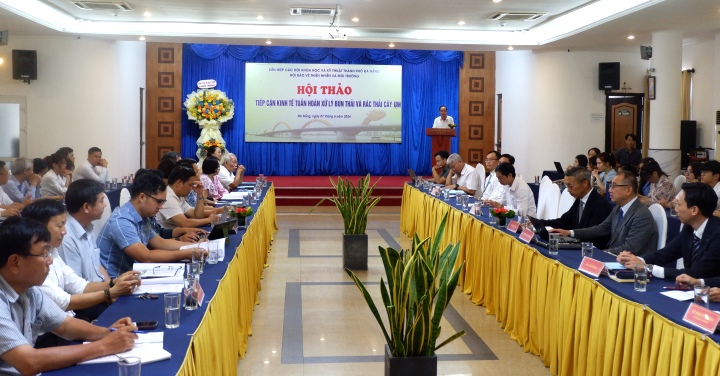
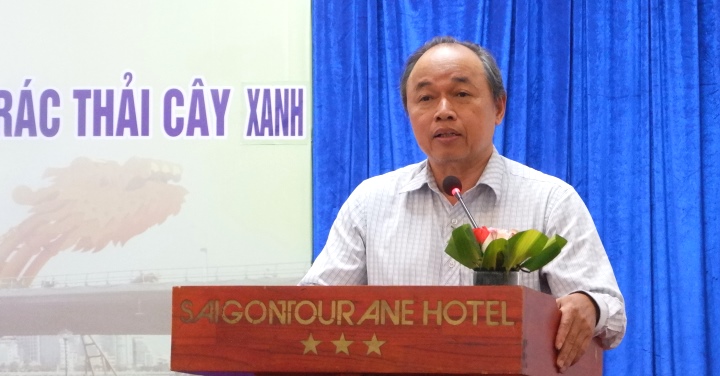
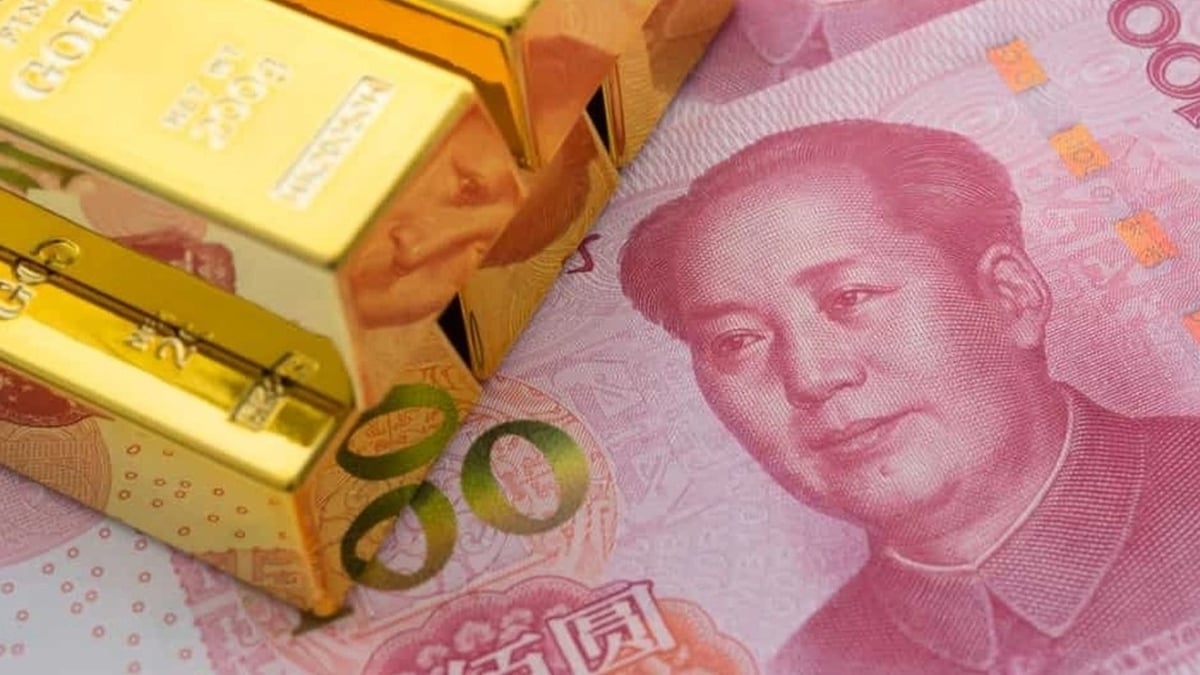
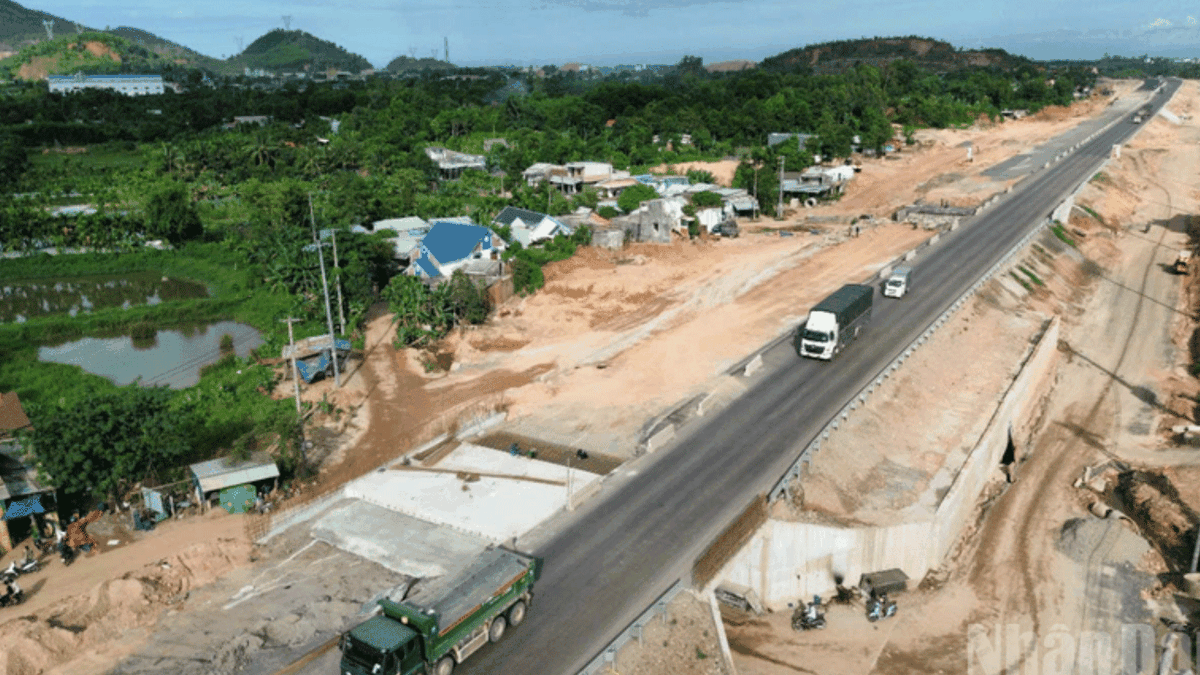
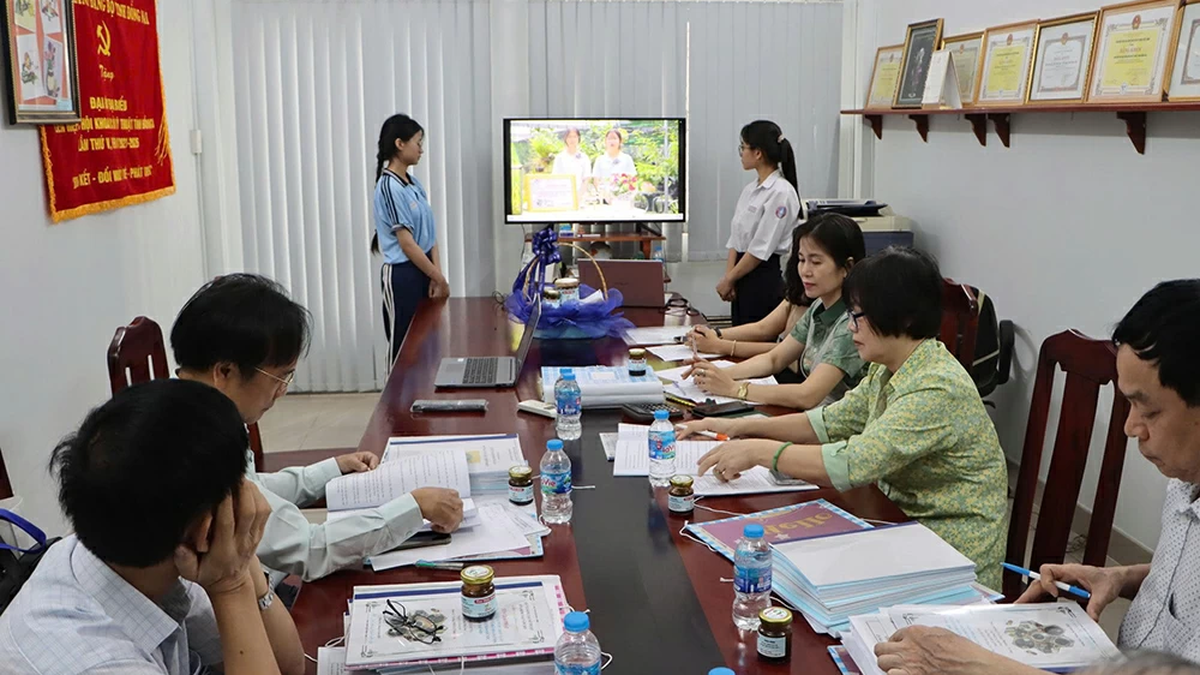


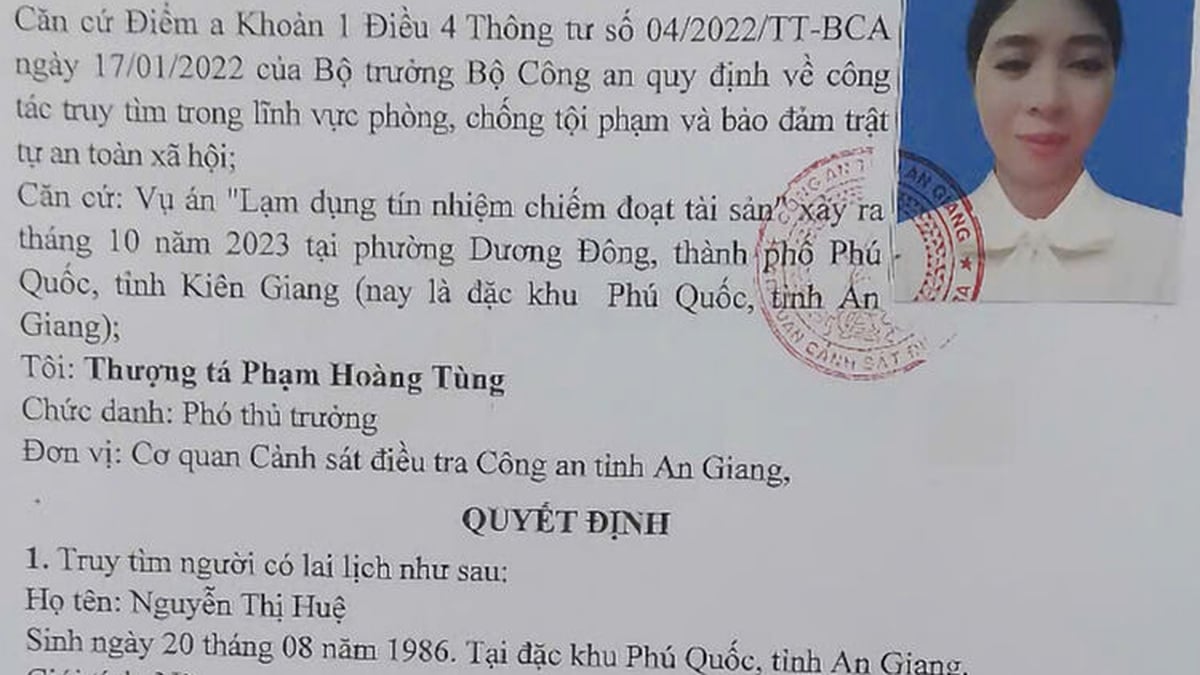

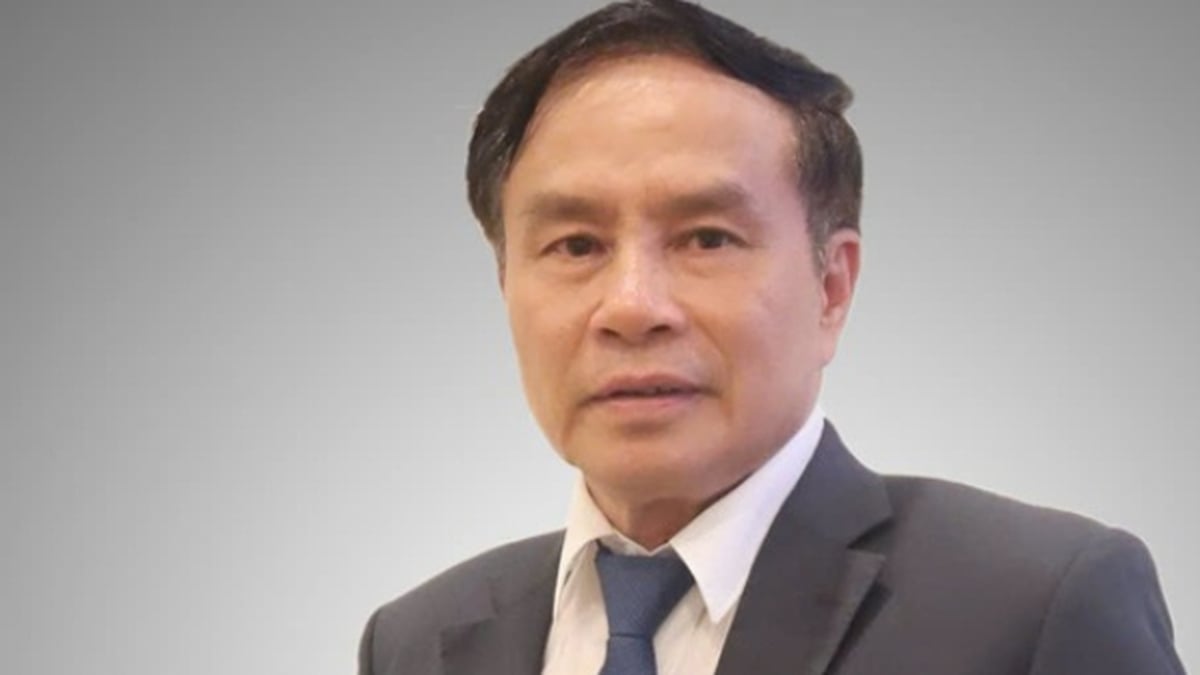
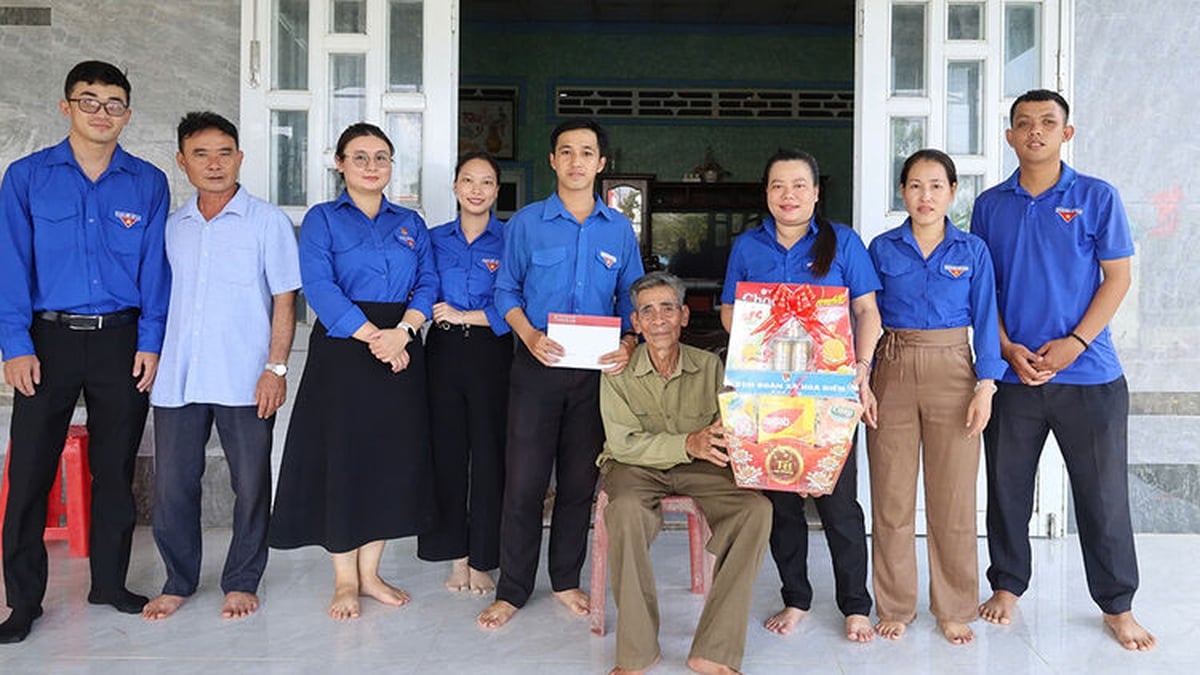
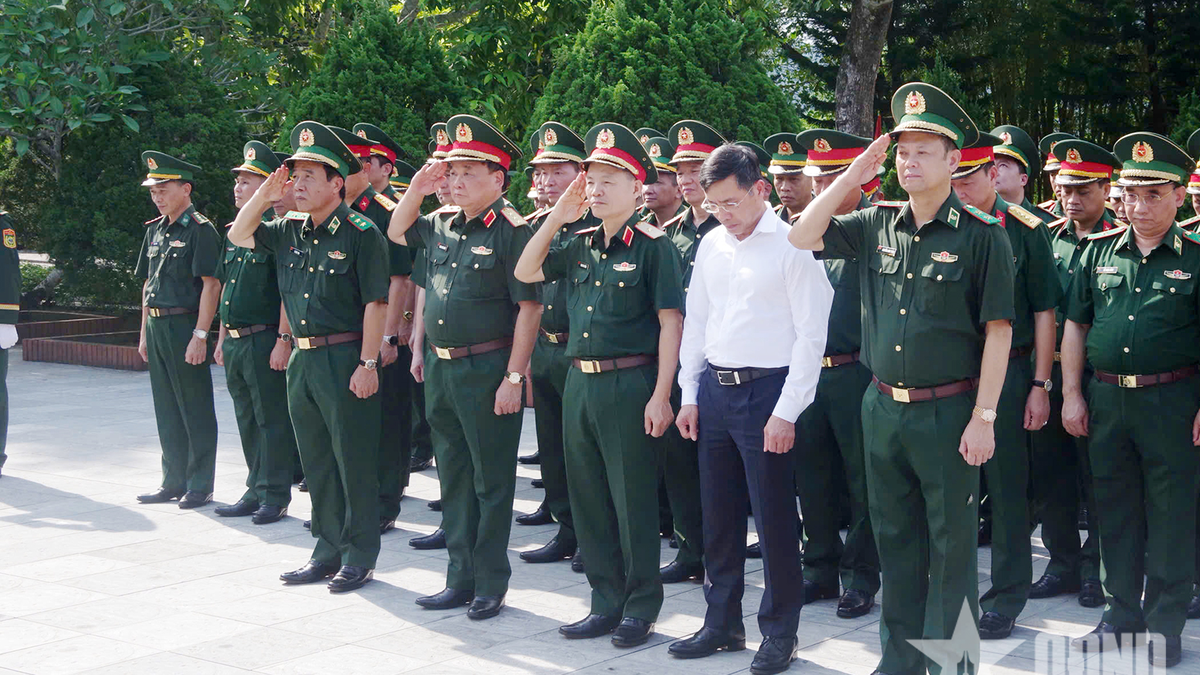










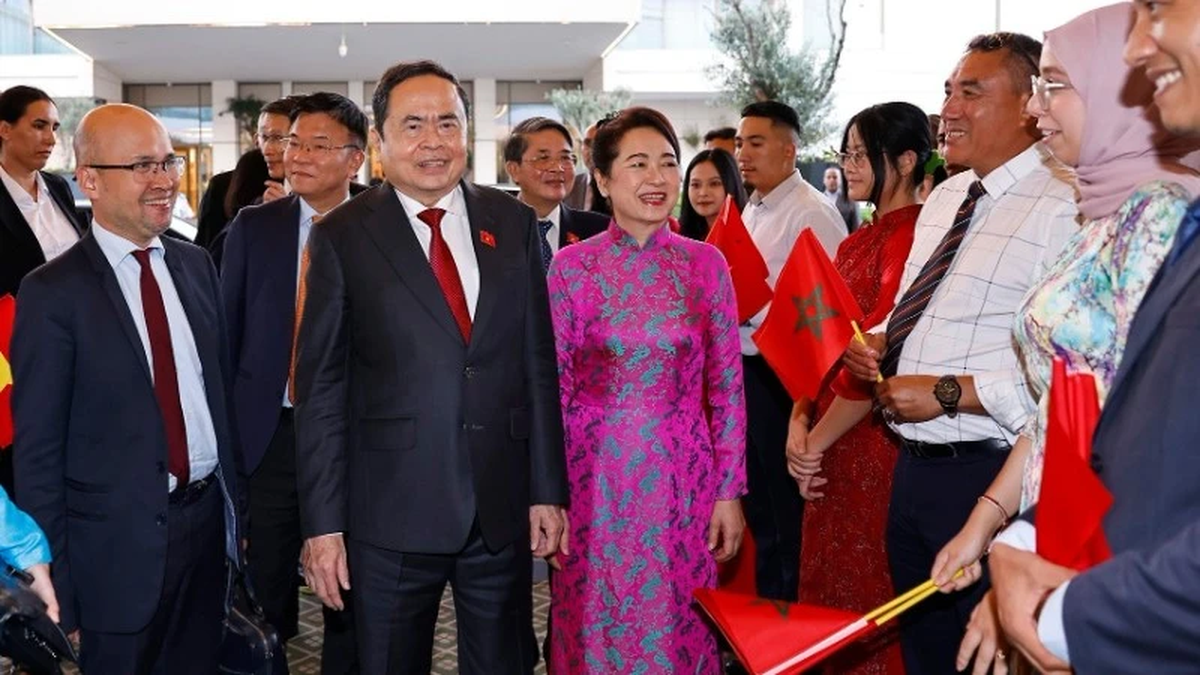
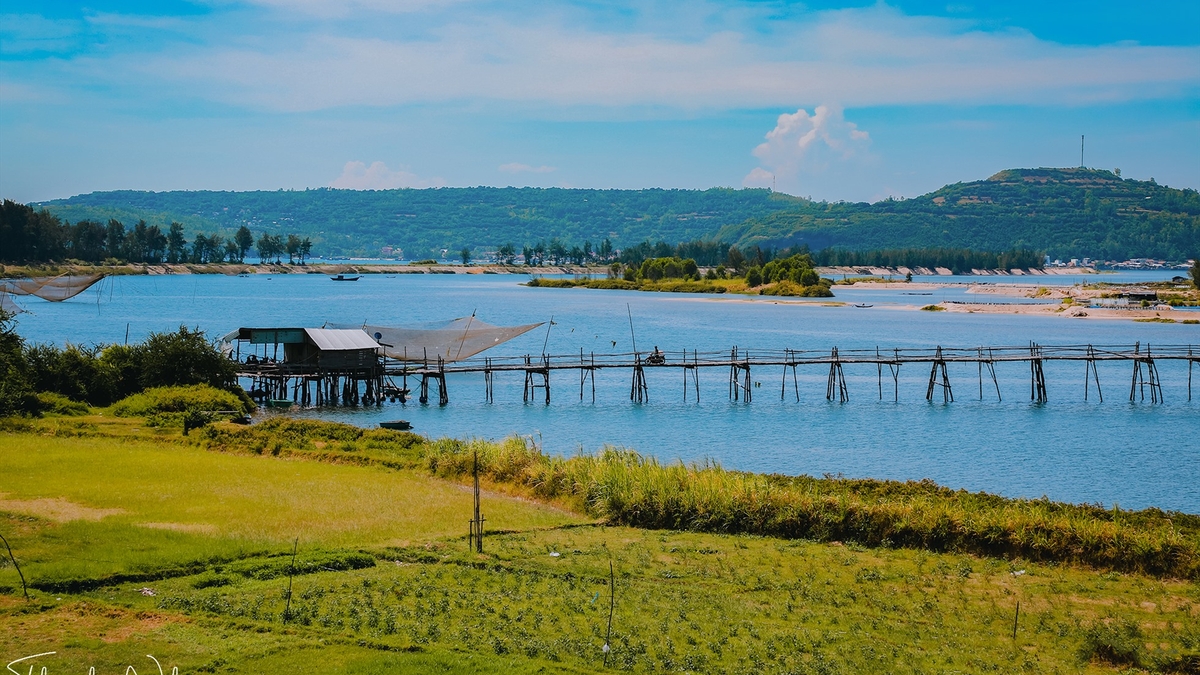



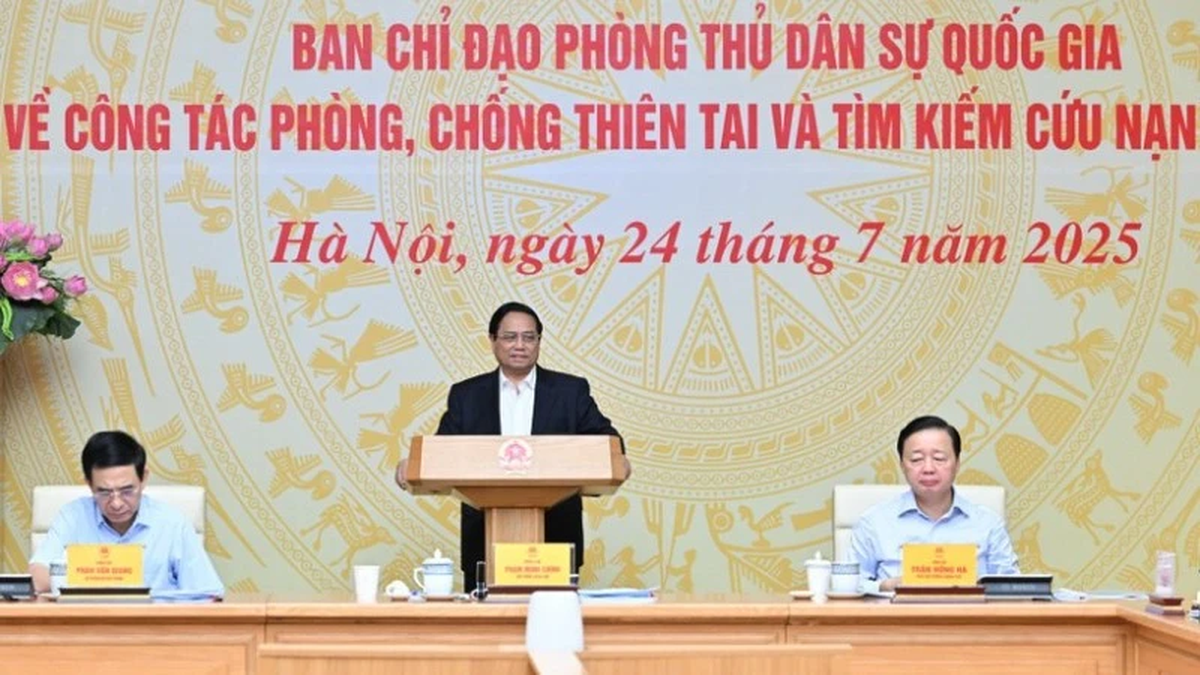
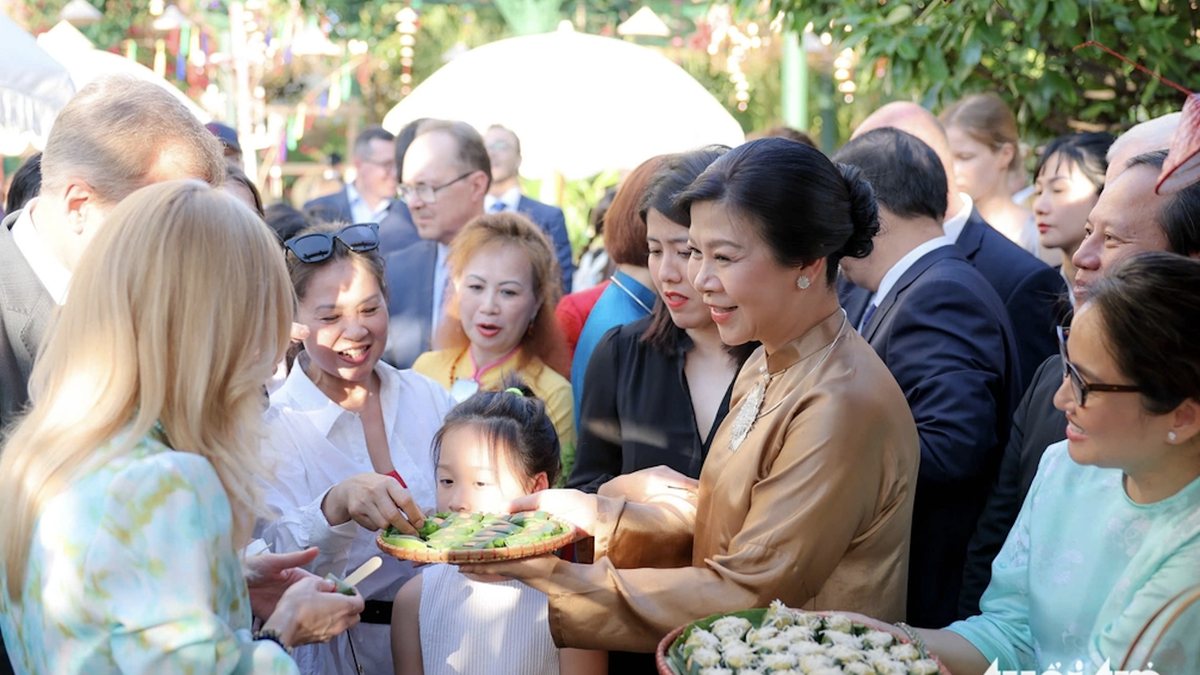


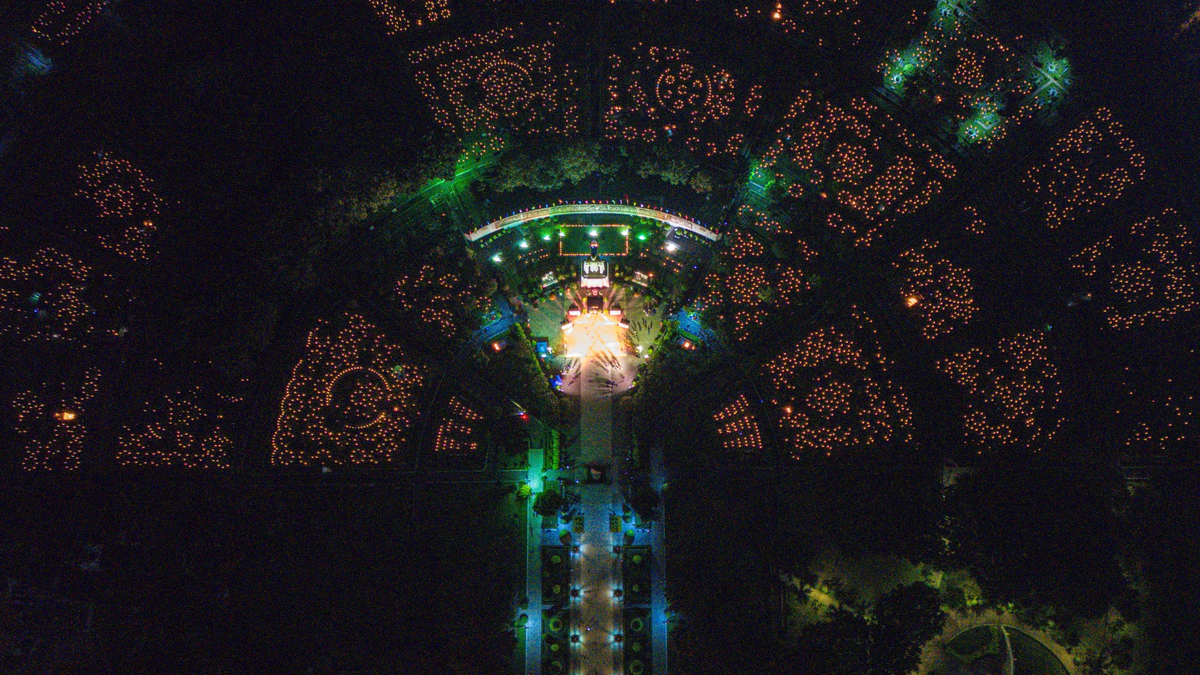


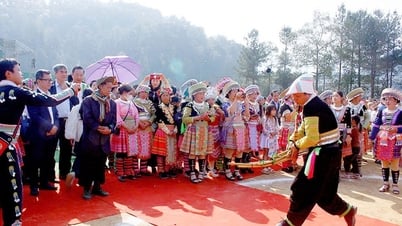



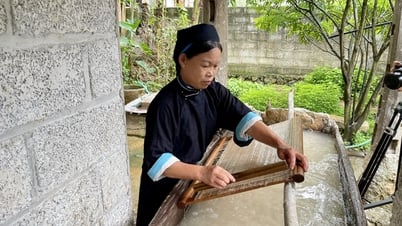



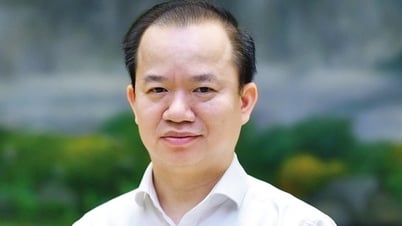



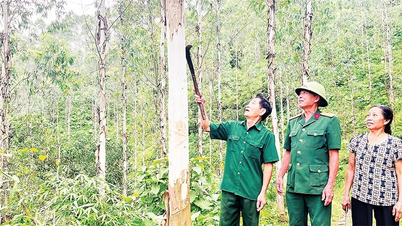

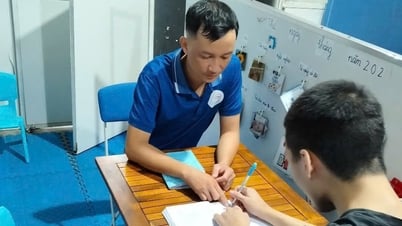

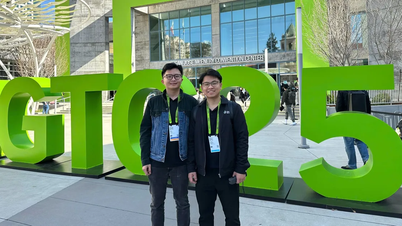



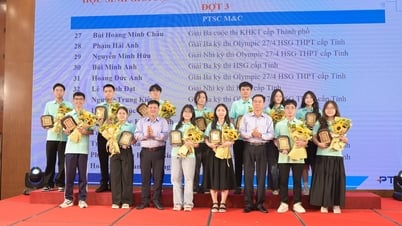
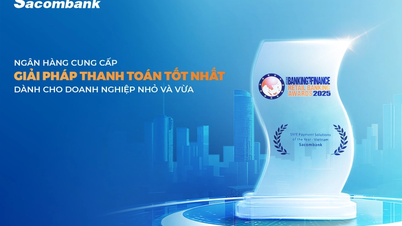

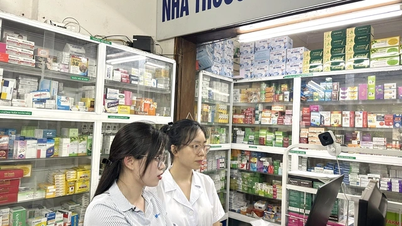
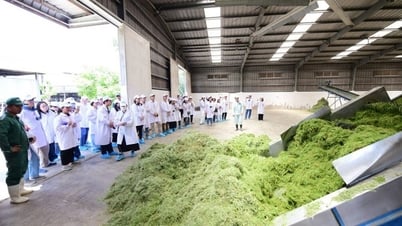

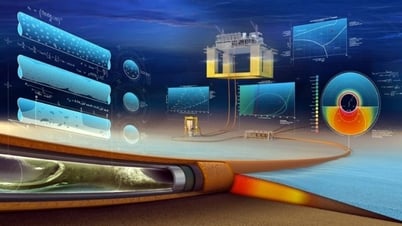
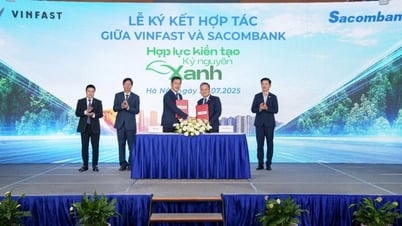





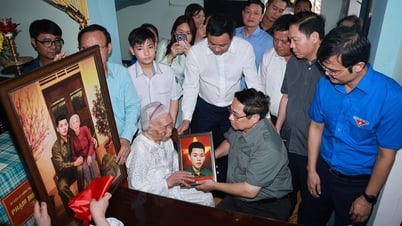
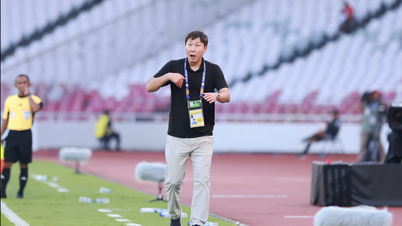


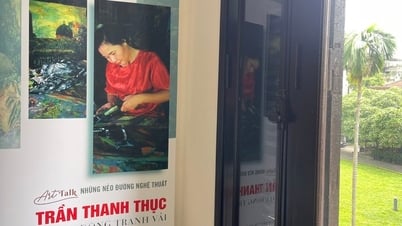

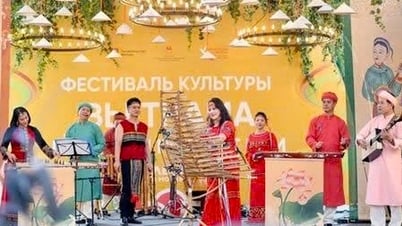
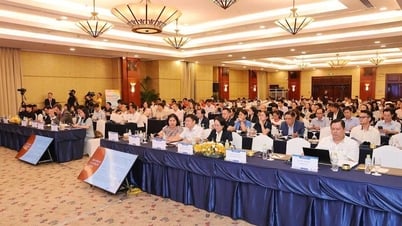

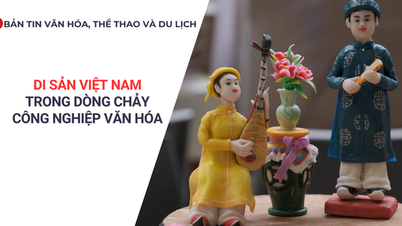
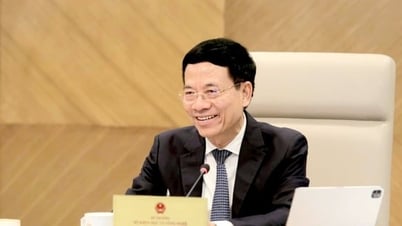

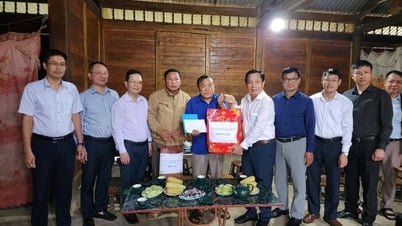











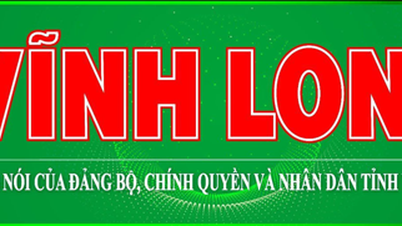





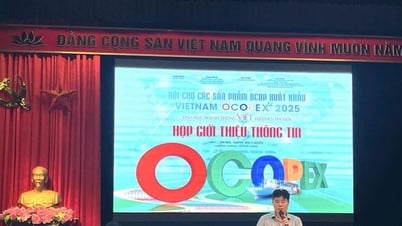



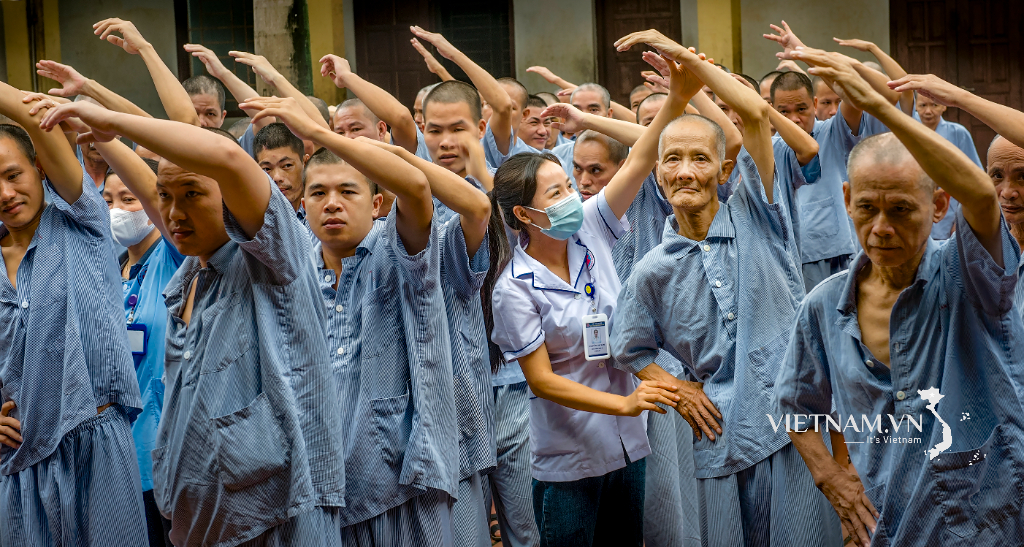

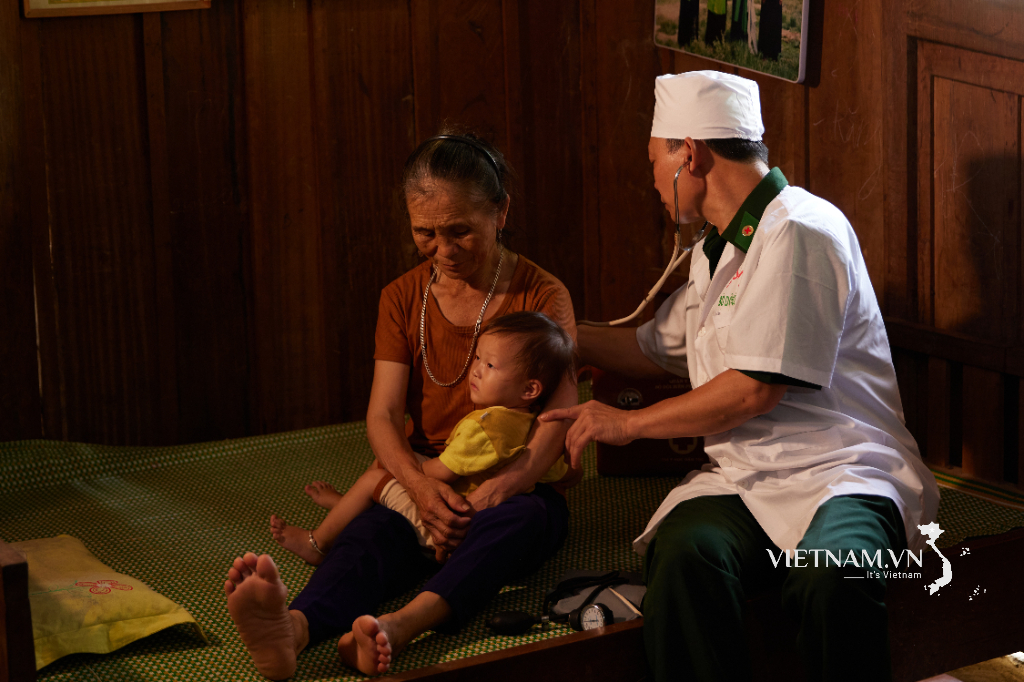
Comment (0)